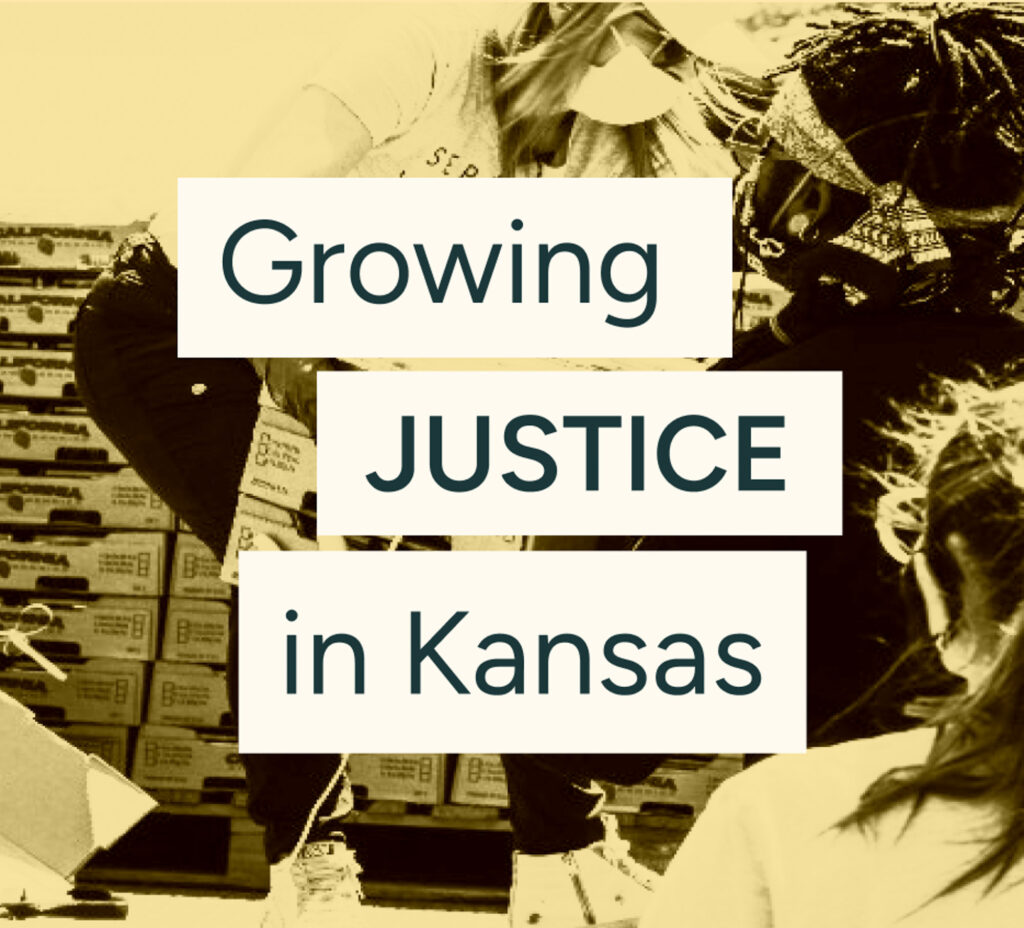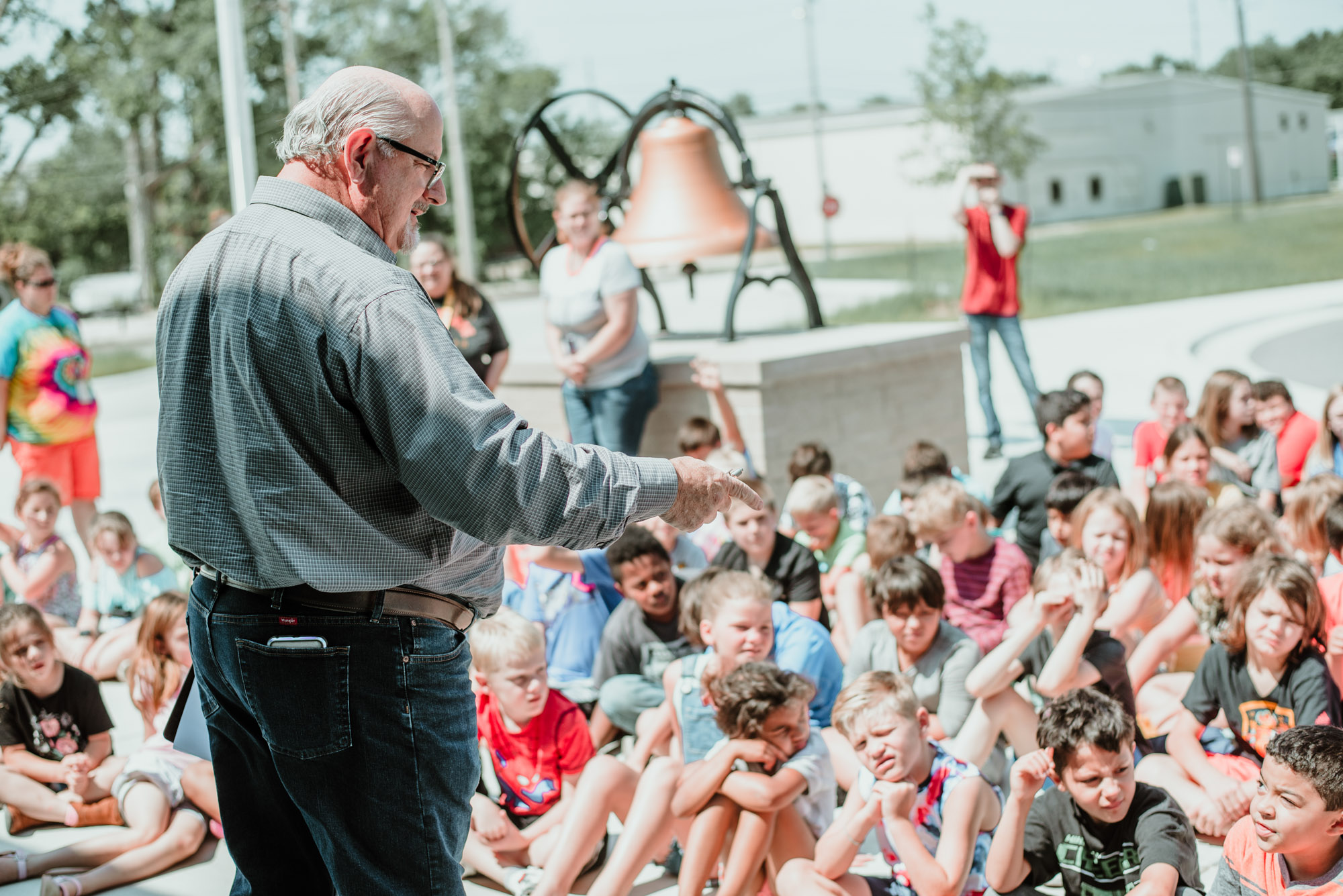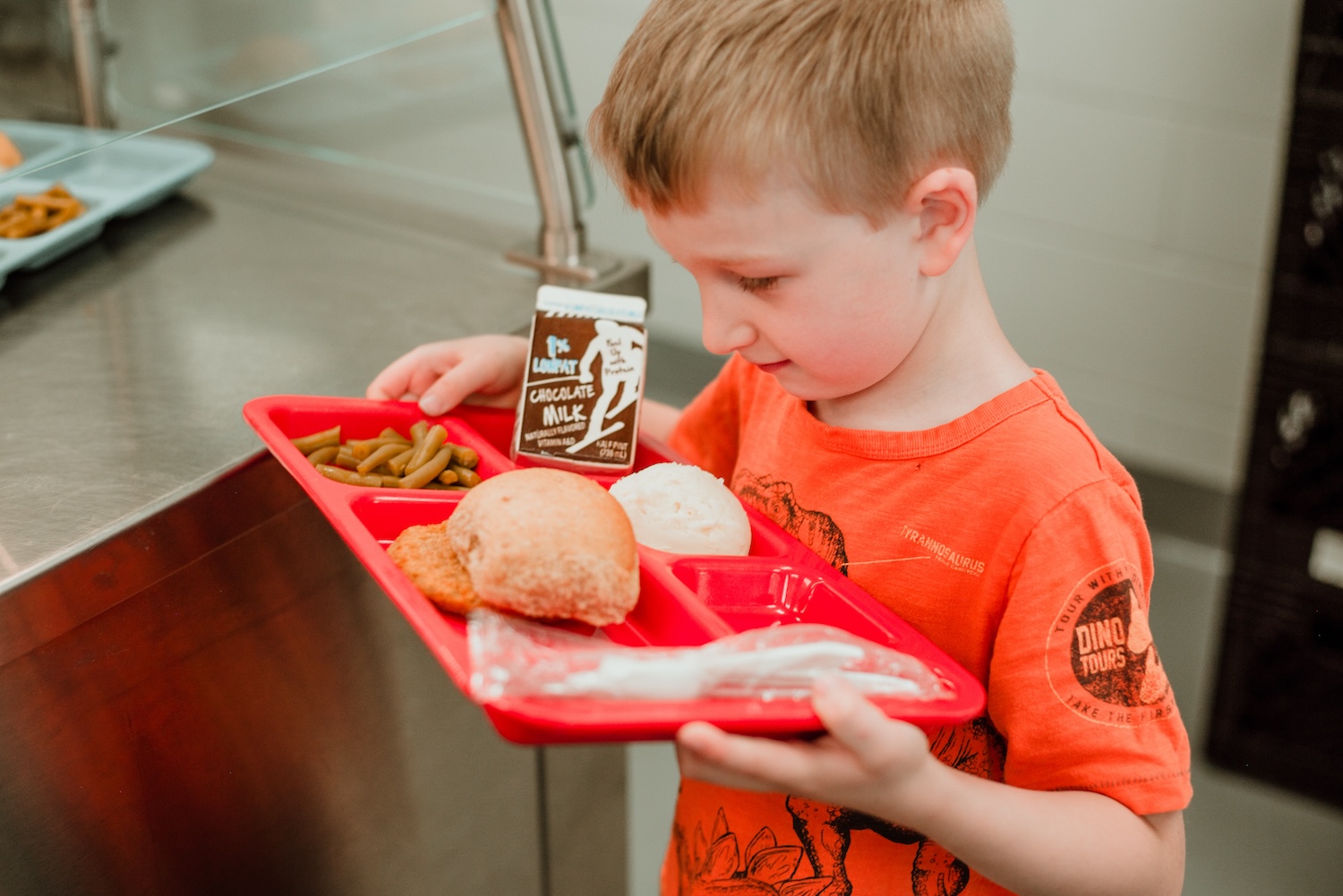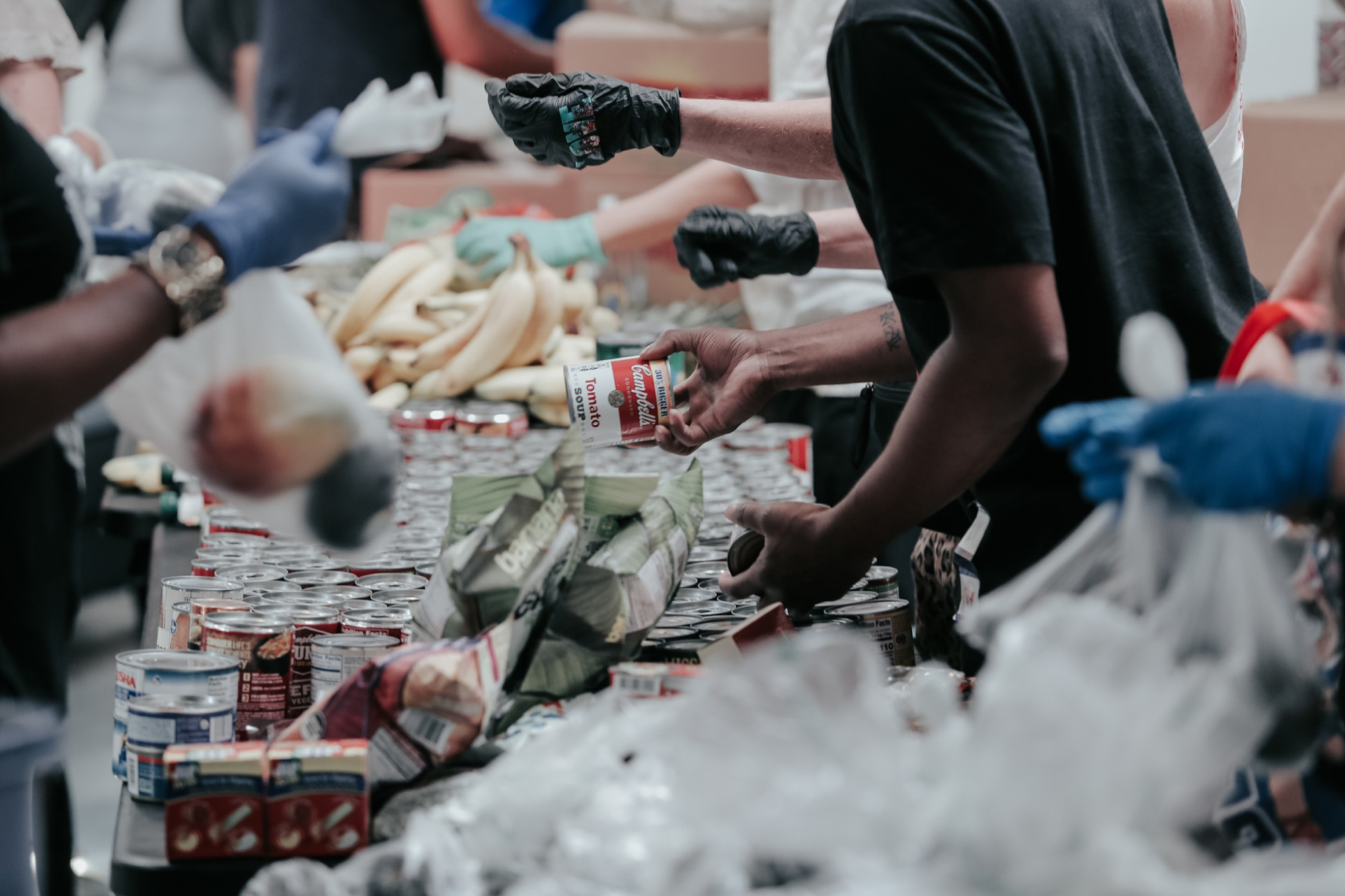Lori Burns-Bucklew is a Kansas City attorney in private practice. She graduated from the University of Missouri-Kansas City School of Law and began practicing in 1984. An accredited Child Welfare Law Specialist, she has represented children and youth, as well as parents, grandparents, and other caregivers for children whose families are subjected to state intervention. She has served as class counsel in several civil rights class action matters on behalf of children in state care. She has trained hundreds of lawyers in the Kansas City metropolitan region regarding child welfare law and children’s issues.
Feed Your Mind to Feed Kansas Children
1 in 7
1 in 7 Kansas children face food insecurity
1 in 15
1 in 15 people in Kansas utilize SNAP food assistance
54%
More than 54% of SNAP users in Kansas are in working families
Read About Our Work
Resources
No-Cost School Nutrition
Imagine a world where every child has access to universal meals. Community Eligibility Provision, also known as universal free meals, is a viable option to make nutrition accessible to all children enrolled.
Schools that meet some basic guidelines can provide free lunch and breakfast to every student in their school.
Strengthen Families Rebuild Hope
Kansas Appleseed is a part of the Strengthen Families Rebuild Hope (SFRH) coalition, an independent coalition formed in 2018 advocating for a better foster care system for Kansas kids. The coalition has convened town halls, produced reports on the status of Kansas’s foster care system, and advocated for statewide reforms. SFRH is comprised of youth who have experienced foster care, foster parents, social workers, and other allies.
Litigation Partners
The fight to reform our state’s foster care system isn’t just important to Kansans; it is also important across the country. In our 2018 lawsuit (M.B. v. Howard), we partnered with these individuals and organizations to transform the broken foster care system and end years of victimization and trauma for Kansas children.
The National Center for Youth Law is a non-profit law firm that helps low-income children achieve their potential by transforming the public agencies that serve them. For more information, please visit www.youthlaw.org.
Every day, children are harmed in America’s broken child welfare, juvenile justice, education, and healthcare systems. Through relentless, strategic advocacy and legal action, we hold governments accountable for keeping kids safe and healthy. Children’s Rights, a national non-profit organization, has made a lasting impact for hundreds of thousands of vulnerable children. For more information, please visit www.childrensrights.org
DLA Piper is a global law firm with lawyers located in more than 40 countries to help clients with their legal needs around the world. DLA Piper has a long-standing and deep commitment to giving back to our communities through pro bono legal services, and it is one of the largest providers of pro bono legal services globally. www.dlapiper.com
Join the Fight Against Food Insecurity in Kansas
Here in the breadbasket of America, no child should go hungry.
As Kansans, we must work together to build a state that cares for and supports all of its children.
Contact us about advocacy opportunities. We’ll provide the information, strategies, and motivation to create a supportive system that safely brings these beautiful children home.


A Clear Vision of the Future for Kansas
Thriving
All Kansans should have the resources they need to support themselves and raise healthy families.
Inclusive
All Kansans should be able to participate fully in their communities.
Just
All Kansans benefit from a fair and effective system of justice.
Frequently Asked Questions
Kansas Appleseed doesn’t offer direct services or meal provision for recipients and stakeholders. Our focus is on systemic change, which in turn will create channels to provide the services for before school, lunchtime, and summertime access to meals. We’re here to break the cycle at its source.
Though Kansas schools are making strides in implementing these strategies, they could be utilized at much higher rates throughout the state. You can advocate at multiple levels, whether that’s attending a school board meeting, calling school administrators to discuss possibilities, writing letters, or beyond.
Also, you can share your personal story of food insecurity with us. Sharing your experience is one of the most effective ways to shift people’s thinking, impact change, and develop solutions to the causes of hunger in our communities, state, and country.
If you’re interested in learning more, contact us today.
SNAP reduces hunger, improves dietary intake, bolsters local economies, and lifts people out of poverty. Kansas created barriers, making the program difficult for people to access and exacerbating racial disparities. These barriers are unfair and unjust, and they make it harder for Kansans who are struggling to make ends meet.


